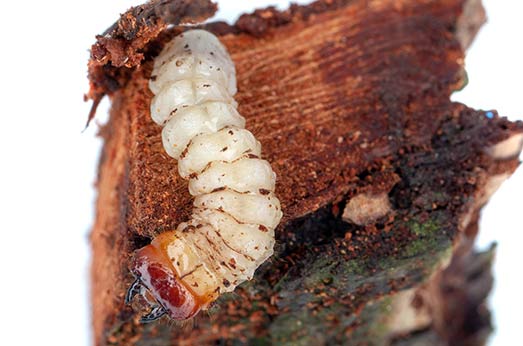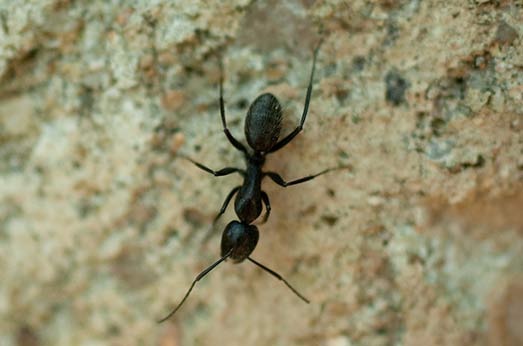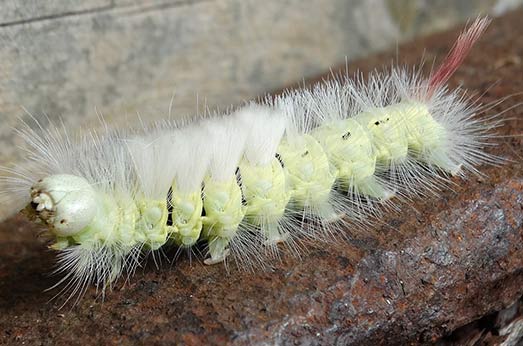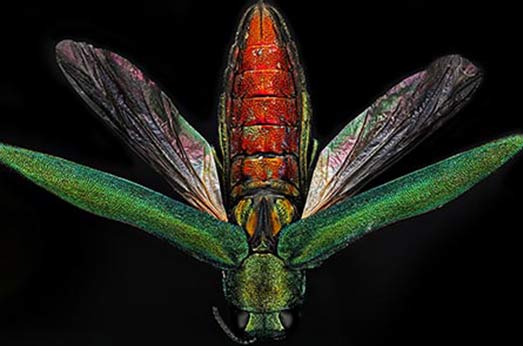Tree Care Blog
|
Your trees could fall ill and die right before your eyes. Knowing how to identify and treat common tree pests can help you keep your trees healthy for years to come. walkthroughthetrees.weebly.com gathered information about the following tree pests to help you identify them and stop them from weakening or killing your tree. Tree BugsThe same way we fight to keep bugs from infesting our homes, we should do whatever necessary to keep them away from our trees. The following tree bugs should be dealt with aggressively to prevent the weakening and death of your tree. Carpenter Ants - In the case of carpenter ants, they are not necessarily the problem, rather an indication of a much more severe issue. These ants are opportunistic, they do not eat tree pulp, they remove the pulp that has been softened by disease. If you see carpenter ants entering and exiting holes in the trunk or branches, you potentially have a tree riddled with disease, capable of causing catastrophic damages if it were to collapse. Before taking any measures to flush out or kill the ants, call a professional tree service to examine the tree and offer a course of action to take. Note: In many cases, large quantities of sawdust around the base of the tree, mushroom conks (on the trunk or branches,) and already dead or wilted foliage in the canopy will accompany a carpenter ant tree invasion. Tussock Moths - These moths commonly attack Douglas-firs but will settle for many species of the fir and spruce families. Tussock moths have a tendency to attack and reproduce on a single tree. Thus, the tree is attacked year after year until considerable damage is done to its health and vigor. The best time to spot tussock moth activity is in late spring. Larvae can be found feeding on new needle growth, and egg masses can be spotted in the lower branches of the canopy. As the extent of the damage increases, the canopy may begin to turn brown from the top down or from the extremities inward. While natural enemies of the moth work to keep it under control, additional measures may be needed, such as: • Bacillus thuringiensis spray Before spraying or pruning activities begin, a professional tree service should be contracted to evaluate and monitor the extent of the infestation and damage to your tree. Tree Boring InsectsBoring insects are perhaps the most disturbing of any of the tree pests on this list. Once tree boring insects successfully attack a tree, they may feed on its xylem, phloem, and pulp. The insect will likely create a chamber in which it lays its eggs, giving rise to the following generation while quietly killing the tree from the inside. Emerald Ash Borer - This boring insect has killed hundreds of millions of ash trees and cost hundreds of millions of dollars to cities, property owners, nurseries, and other industries. This 1/2-inch long metallic-green beetle is capable of destroying fully-mature ash trees. Eggs are reddish-brown in color and small, approximately 1/25 inch. In the larvae stage, they are white, flat-headed borers. Adult insects emerge from April to late May from the previous year’s infestations. Female borers lay their eggs on ash bark shortly after emerging from the tree. Larvae bore into the ash tree after hatching and feed on the inner bark. The feeding on the inner bark disrupts the tree’s flow of water and nutrients from the tree roots, resulting in irreparable damage to the tree and death. Symptoms of an emerald ash borer infestation include: • Thinning or dying of ash tree crowns If your ash trees present any or a combination of the above symptoms, contact the USDA Emerald Ash Borer Hotline by calling 1-866-322-4512. To ensure containment of this borer, contract a trusted professional tree service to evaluate the extent of the infestation, and take action to prevent its spread. Bark Beetles - Several species of bark beetles attack both conifers and hardwoods. In the majority of cases, it is not the beetle that causes life-threatening damage to the tree. Instead, it is the disease they carry from tree to tree. There are several indicators of a bark beetle infestation including: • Sap “droplets” or “blobs” outside of the bark If you suspect a bark beetle infestation, there is great cause for concern. Contact a professional tree service to evaluate the symptoms, confirm the infestation, and recommend actions to control or quarantine the outbreak. Tree Pest ControlIn this article, you discovered the signs of several tree pest infestations to help you identify them and take action to prevent them from devastating your tree or region. By taking swift action to control or mitigate a tree pest infestation, you are helping to preserve your tree(s) and your surrounding ecosystem. When you allow tree pests to flourish, you are actively assisting in catastrophic tree loss and regional environmental disruption. Sources:
3 Comments
3/9/2022 11:38:25 pm
Reply
3/9/2022 11:49:54 pm
Great Article! Thank you for sharing this is very informative post, and looking forward to the latest one.
Reply
Leave a Reply. |
Categories |




 RSS Feed
RSS Feed
